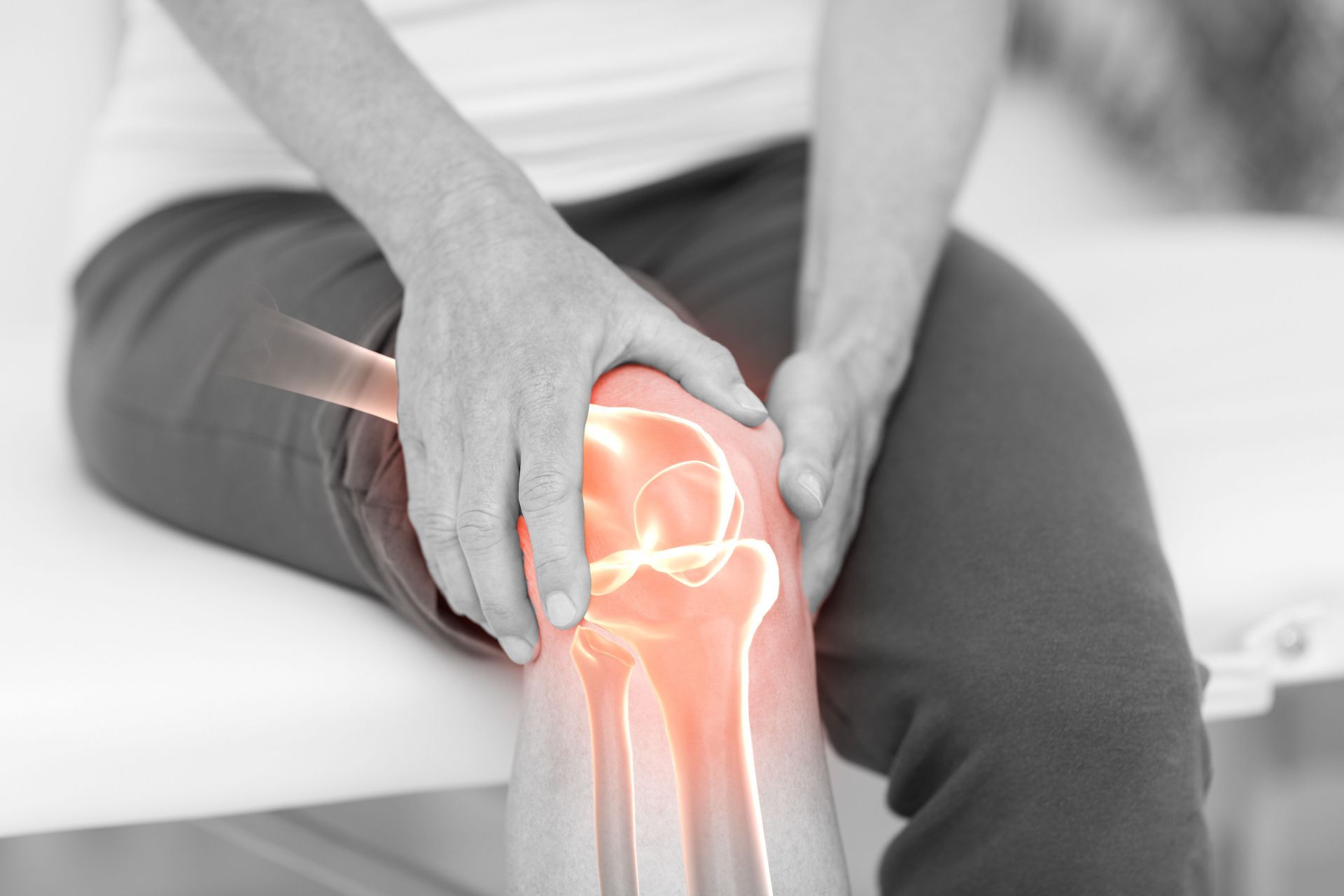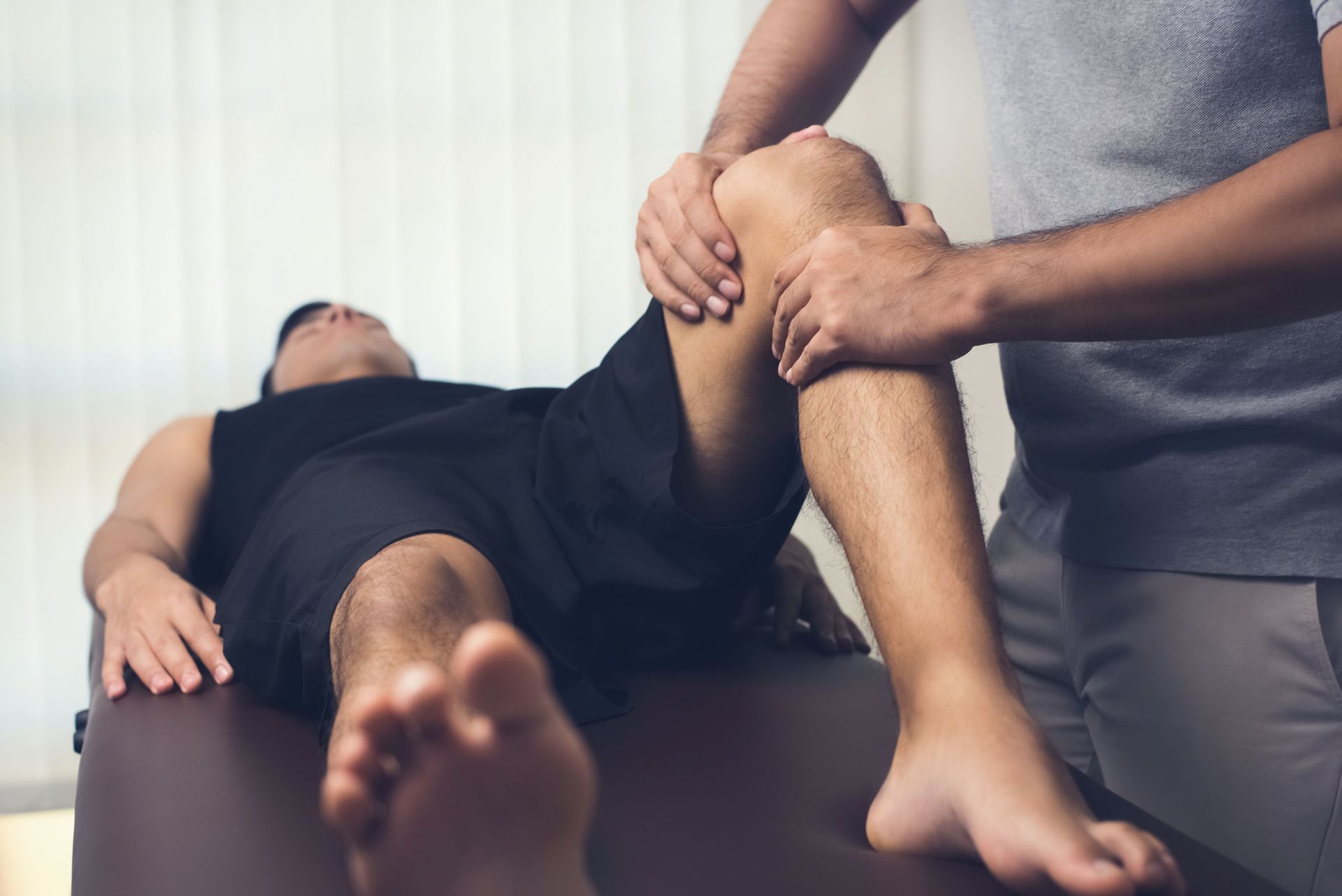How Have Physical Therapy Services Changed Since COVID-19 Emerged?
By Megan Onofray | June 1, 2023
During the COVID-19 pandemic, among the medical professions that were the most affected were physical therapy services. The format, frequency of use, and content of these services changed dramatically as people were quarantined in their homes. Below are several ways physical therapy services changed after COVID-19.
Adoption of Telehealth
In the heat of the pandemic, physical therapists (PTs) had to change the nature of their industry. At a time when physical contact with patients was restricted, PTs adopted the telehealth approach to treating their patients. According to Gitnux, an online telecommunication software company, the use of telehealth to provide physical therapy services rose by over 1,000% during the coronavirus pandemic. Although video-based consultation and telehealth skyrocketed during the pandemic, technological challenges among clinics and patients still became a large obstacle for some patients. One reason for this is the preference to be in person with PTs to learn movements and track progress was no longer possible.
Reduced Income and Working Hours
A report by APTA published in 2020 noted a reduction in income and working hours among PTs, which was attributed to a decline in direct patient visits and referrals from physicians. Although the profession has gradually recovered as the COVID-19 intensity slowed down in 2022, it's yet to bounce back to the pre-pandemic levels. When it comes to physical therapy services and several other industries, traces of virtual accommodations reside.
Reduction in the Use of Therapeutic Approaches
The use of intervention tools was also affected during the COVID-19 pandemic. Aerobic training was one of the most affected. Other interventions that became limited during this time were orthotic services, supported walking, biofeedback, computerized postural control training, and hydrotherapy. Most therapeutic interventions combined online and face-to-face sessions, sometimes exclusively online. When testing range of motion or sensitivity to pain, a virtual appointment makes progress more difficult.
Increase in Career Pride
Throughout the pandemic, the medical profession was praised for its heroic interventions. Professionals were hailed for their unselfish devotion to humanity, sometimes putting their own lives and those of their families in harm's way to save others. The PTs were seen in the same light as they adjusted to new constraints. Shortages of doctors led to PTs being integrated into frontline COVID-19 units. As a result, many people are now more aware of just how beneficial physical therapy services are to human health and wellness.
Increase in Mindfulness Techniques
During and after the COVID-19 pandemic, there has been an increase in interventions that focus on relaxing both the mind and the body. Some of these include yoga, hypnosis, meditation, prayer, and other spiritual exercises that effectively minimize anxiety or chronic pain. These are reported to help one achieve generalized relaxation and "get out of their head," as they say, which was particularly helpful during quarantine.
In a 2021 Helyion article, the authors contend that relaxation techniques reduce chronic pain and other similar symptoms. Physical therapy has adopted these techniques to supplement their other well-tested approaches to chronic pain management.
Provision of "Extra" Services
To expand their client base and treatment options, many PTs now provide additional services such as dry needling, personal training, nutritional counseling, and massage therapy. This can not only bring in new patients looking for these new treatments but also provide the PTs with opportunities for extra income. Larger streams of income help independent physical therapy services stay in business. Besides, demonstrating to patients that you're committed to their care beyond conventional PT practices helps reach an even larger percentage of the community.
Increased Use of Physical Therapy Technology
The critical importance of technology was highlighted during COVID-19 when people were forced to stay indoors. The need to adopt a system that improves procedures and processes has become critical among physical therapy service providers. Among the processes you can automate are billing and collections. Other essential physical therapy technologies include pulsed-electromagnetic field (PEMF) and the heart rate variability device that provides patients with access to quicker, long-lasting results.
As with other service-oriented businesses, physical therapy services took a hit during the COVID-19 pandemic. The resulting lockdown saw several businesses close, while others had to scale down or heavily adjust their services. Physical therapy services were among those most affected by the pandemic, but the industry is currently doing well again. Contact Onofray Physical Therapy today to schedule an appointment.










